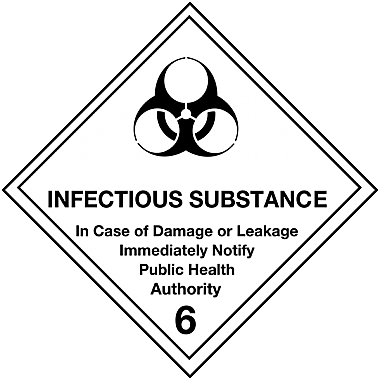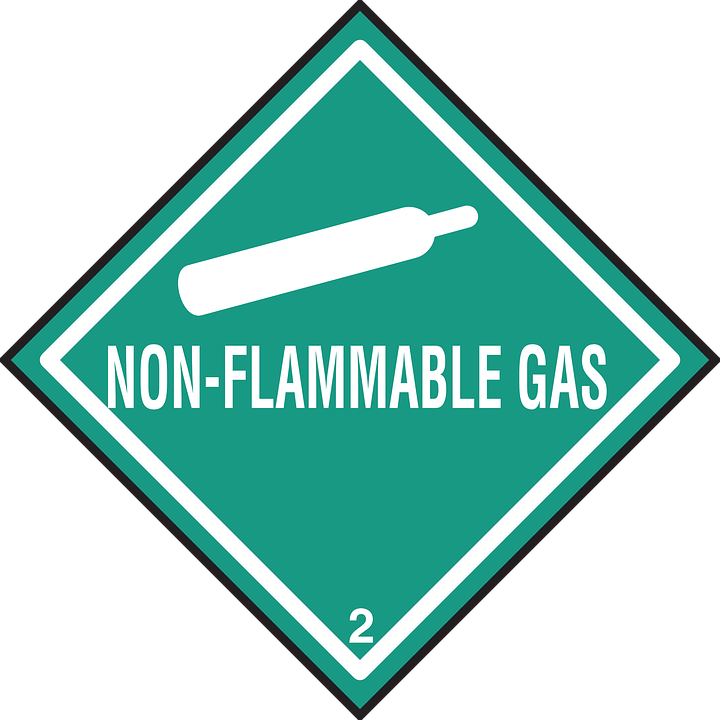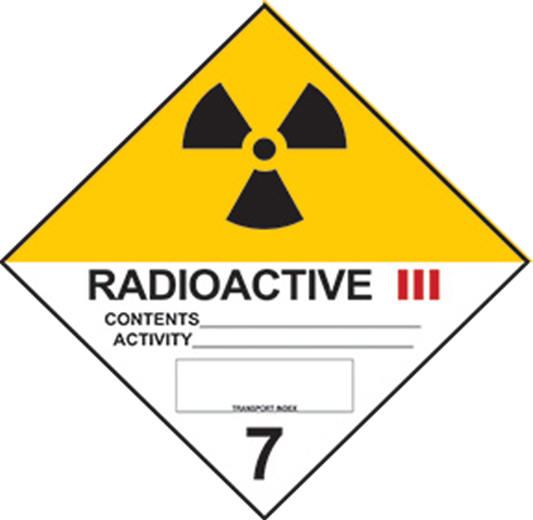DO YOU SHIP BIOLOGIC MATERIAL, INFECTIOUS SUBSTANCES, DRY ICE OR CHEMICALS THAT ARE DANGEROUS GOODS/HAZARDOUS MATERIALS?
Federal Transportation Security Administration (TSA) division of the Federal Department of Transportation (DOT) and commercial package delivery companies have increased scrutiny of packages offered for shipment from university departments.
Anyone who offers packages for shipment from the university must be aware of the requirements for proper labeling and marking and receive proper certification.
Even if you do not ship dangerous goods/hazardous materials, you can be held accountable and fined for improperly prepared packages. If an error is made, departments may be fined thousands of dollars by TSA.
This could be an issue for those who reuse dangerous goods/hazardous materials shipping containers. If your package does not contain dangerous goods/hazardous materials, the package must not have any labels or markings that pertain to dangerous goods/hazardous materials such as those shown below:






